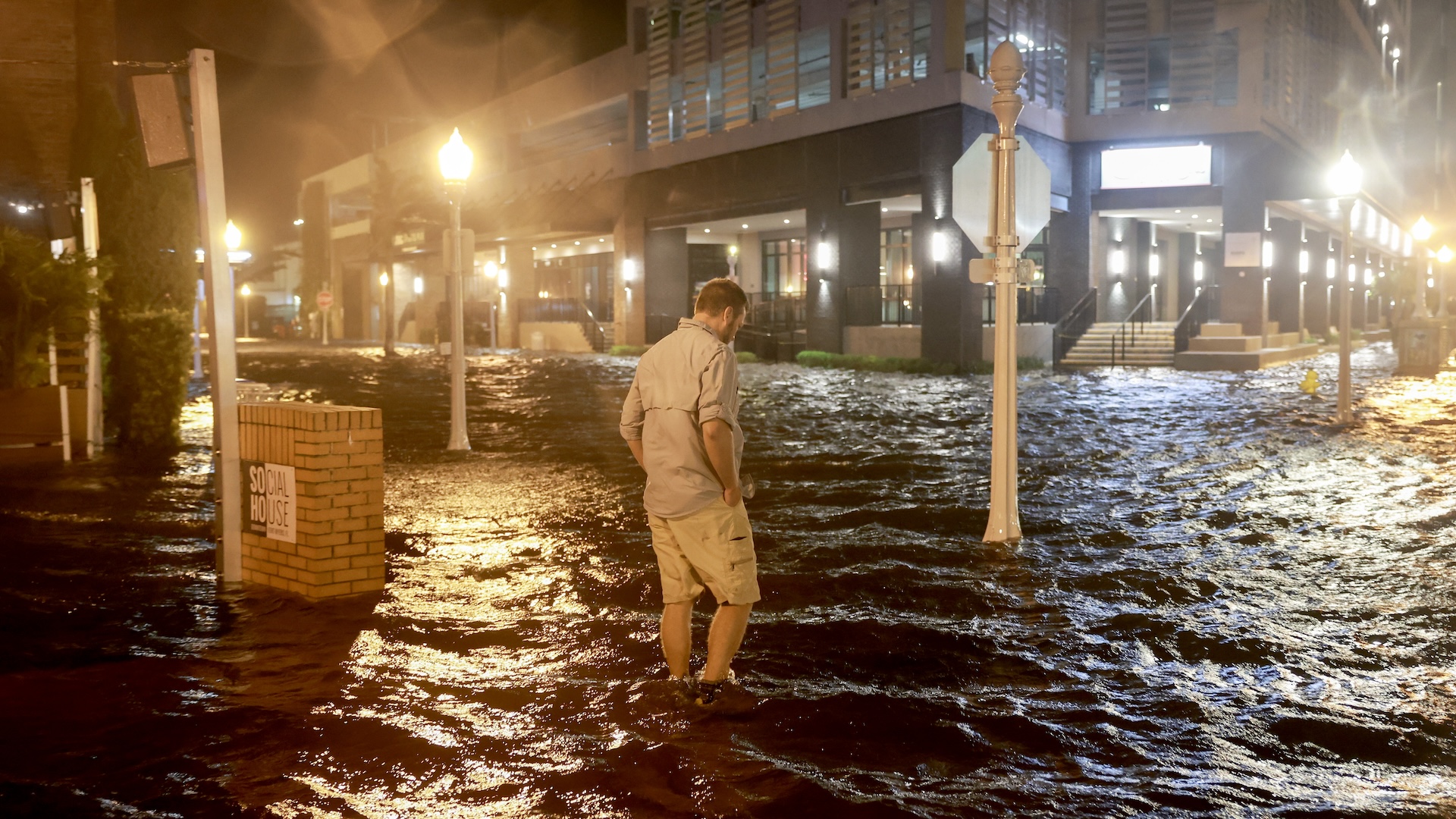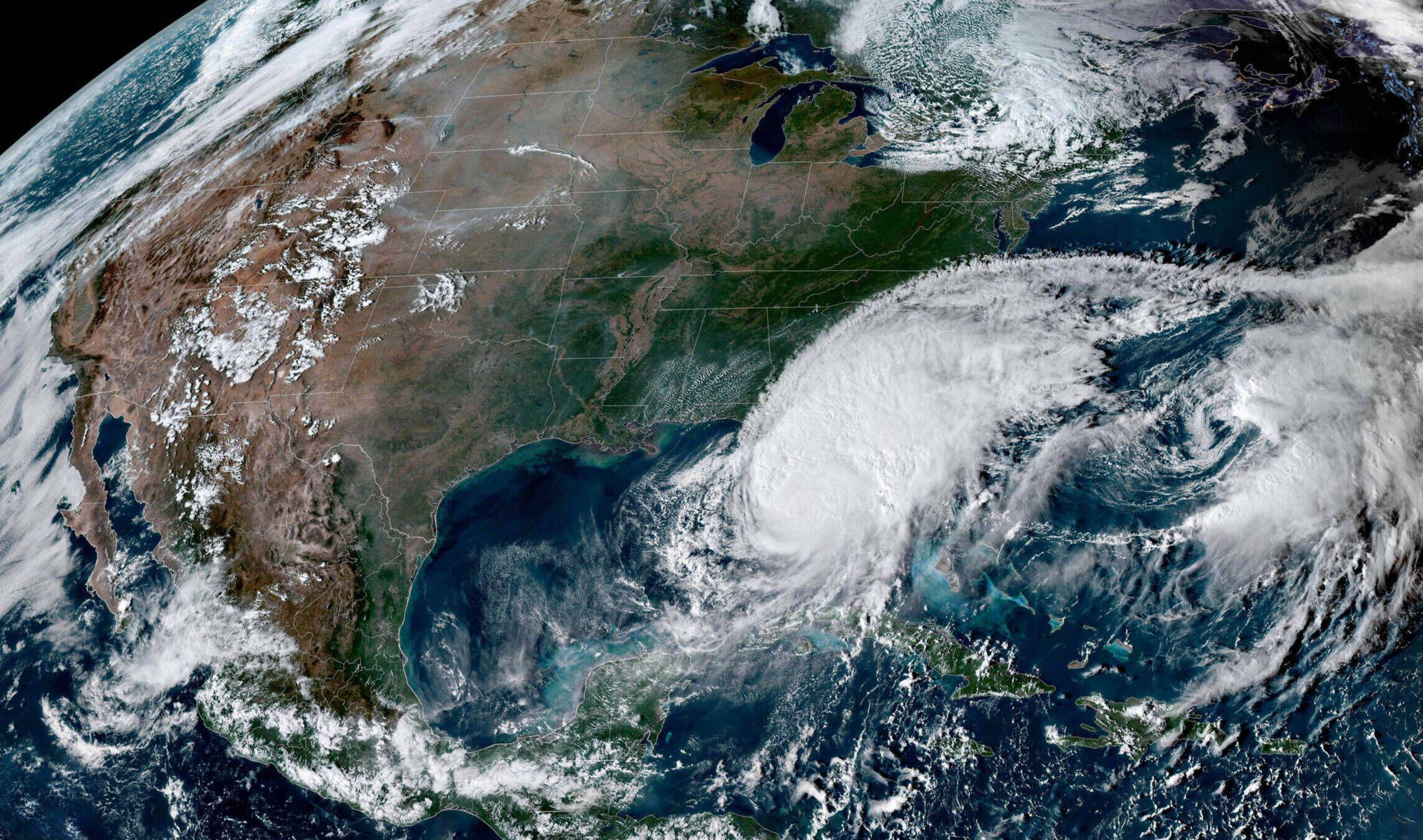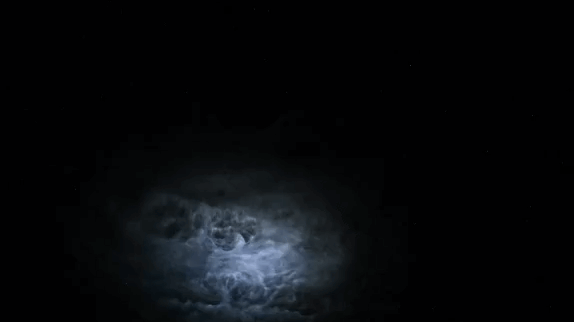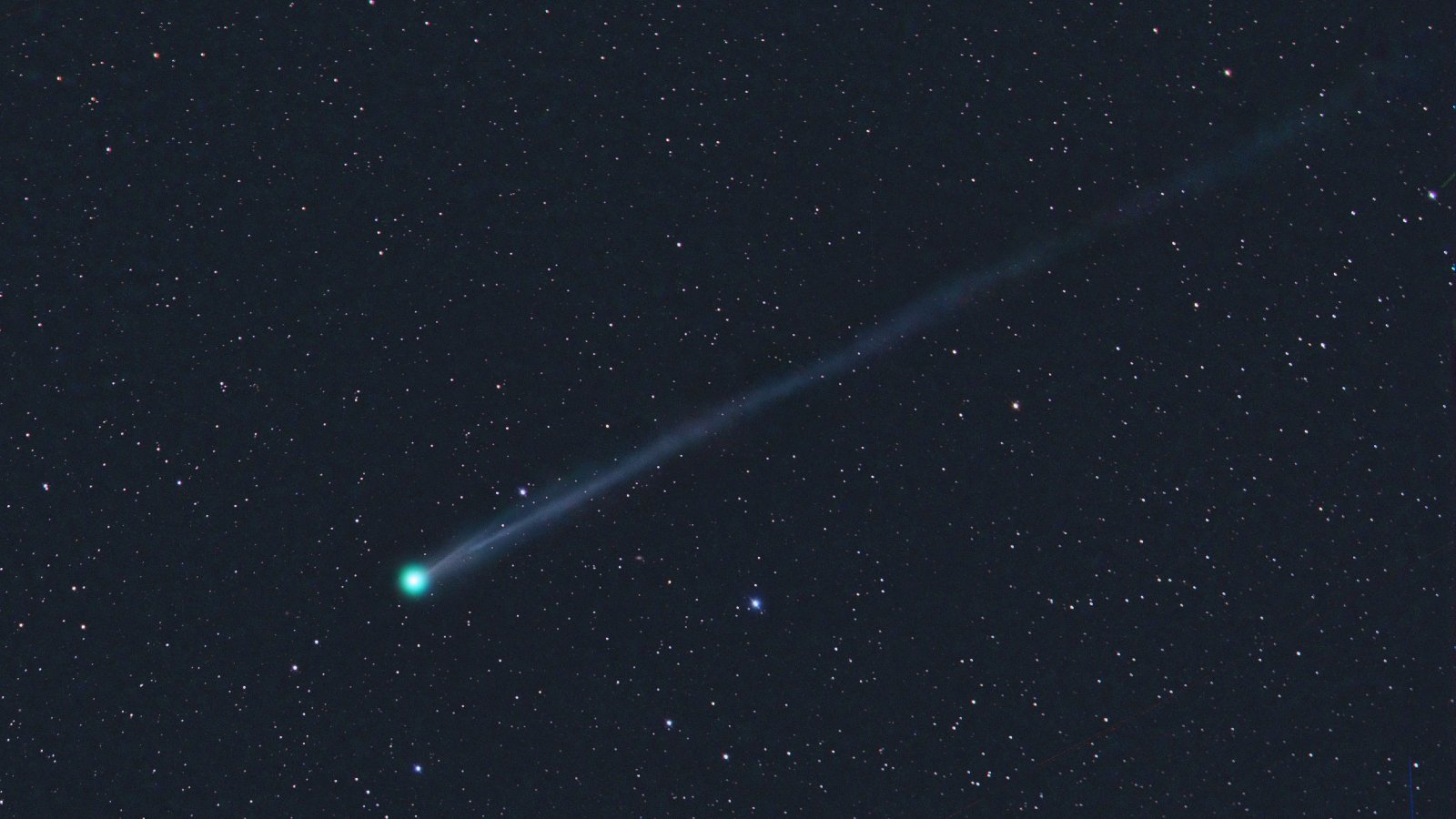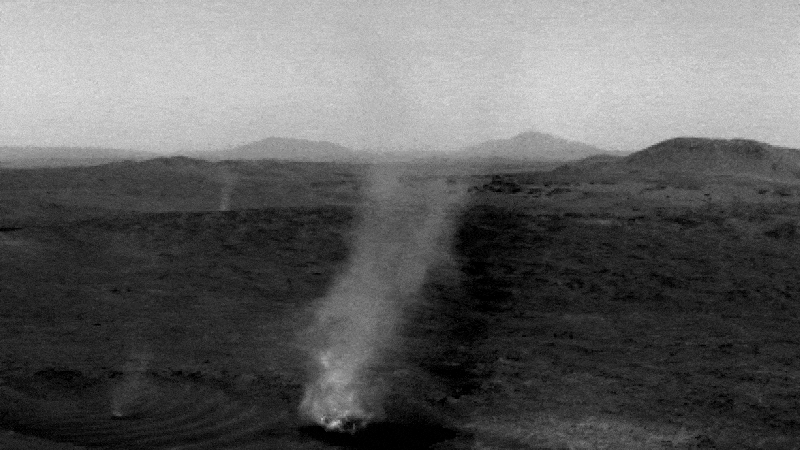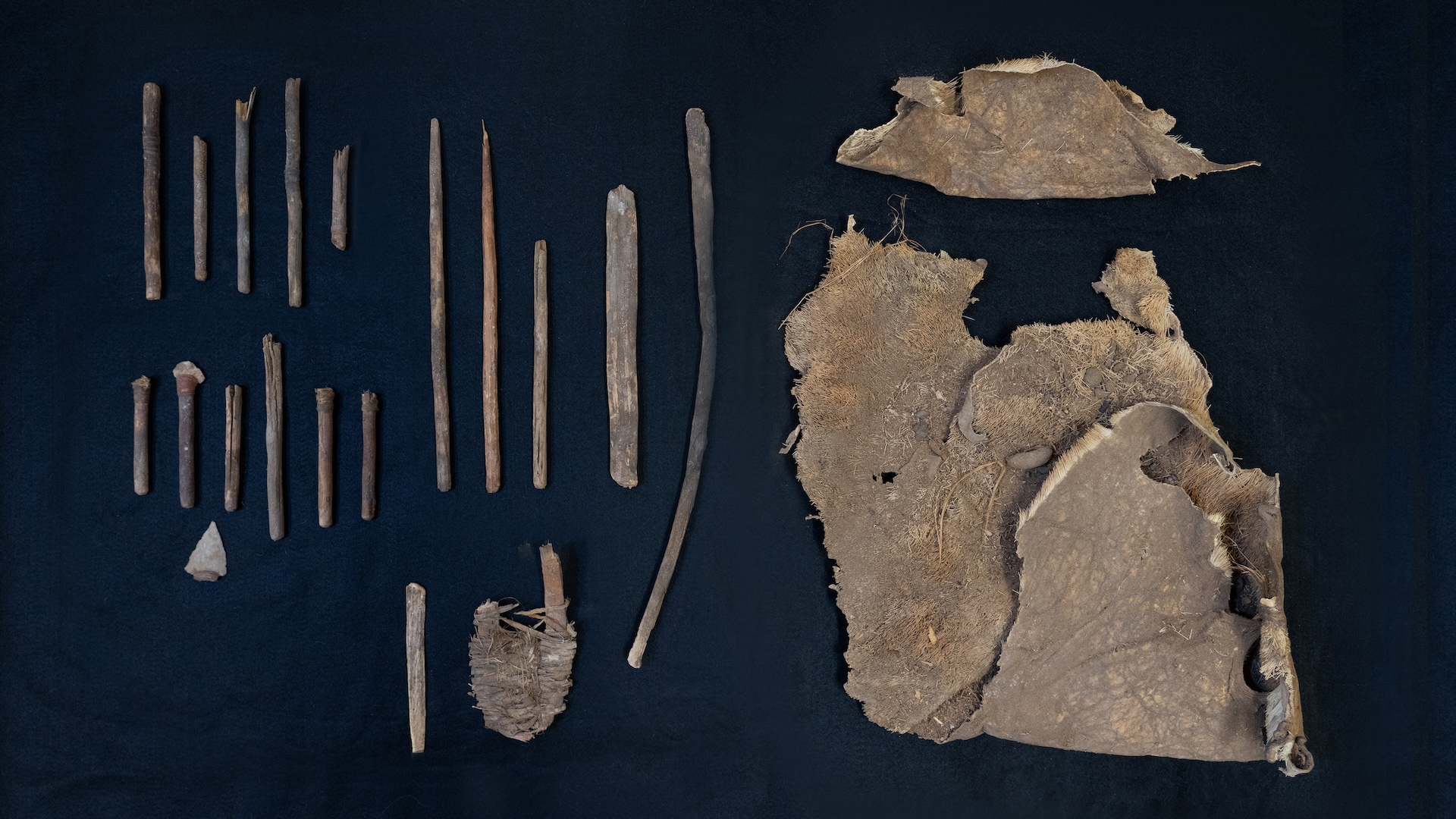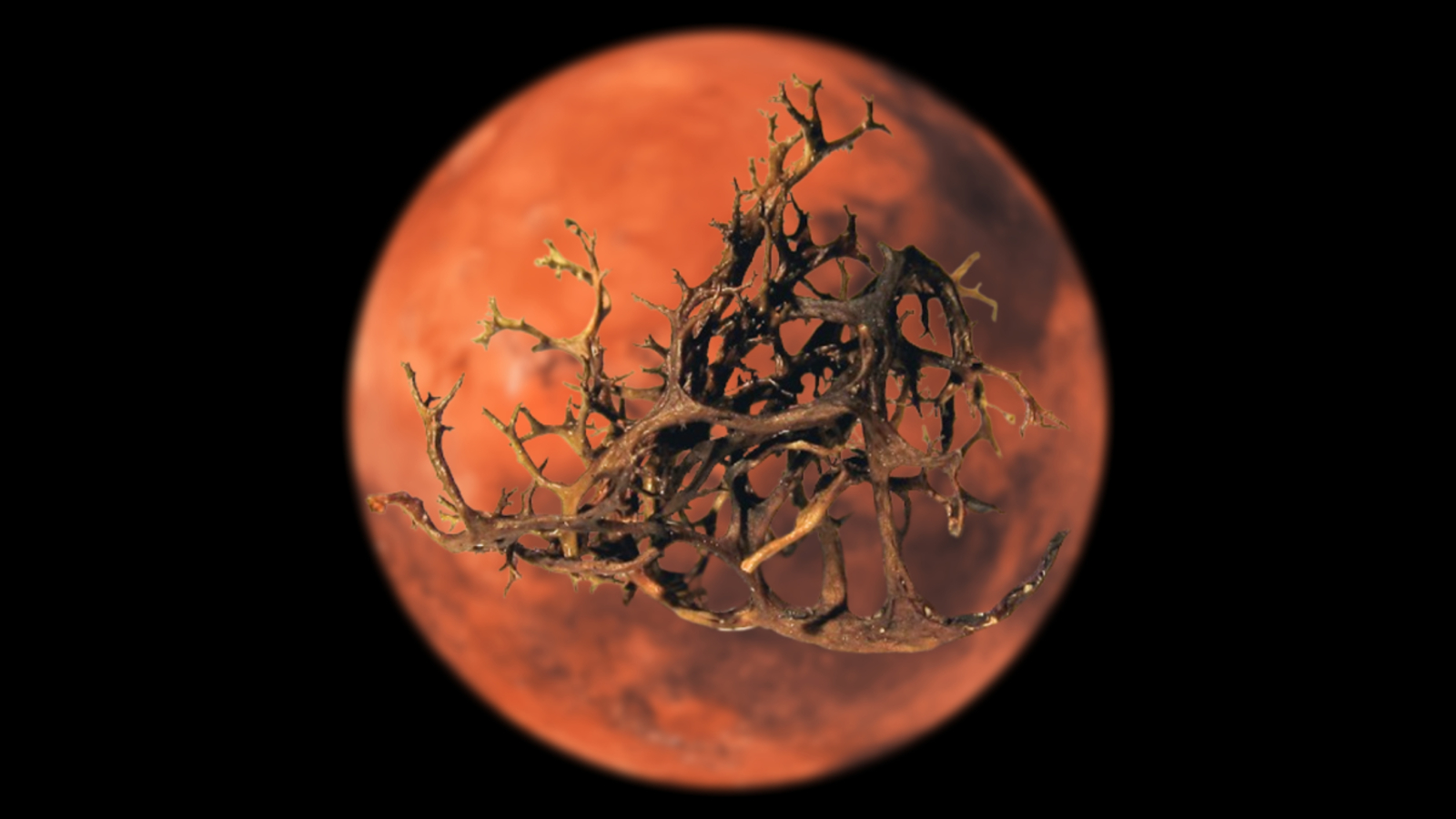See Hurricane Ida from 1 million miles away in this NOAA satellite view
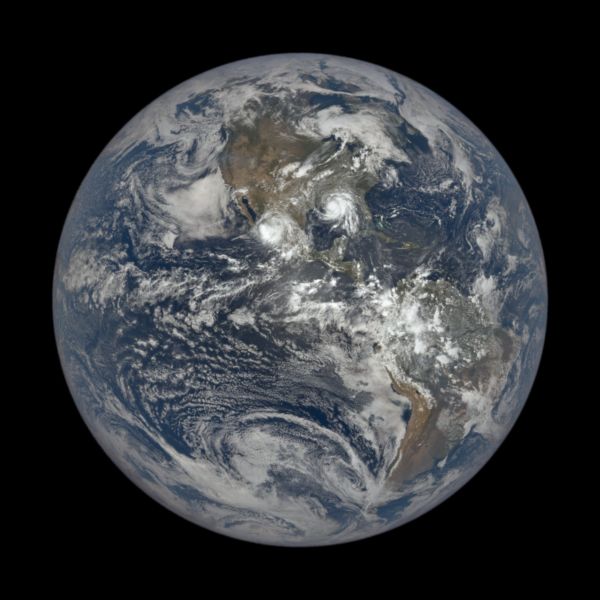
When Hurricane Ida slammed into Louisiana as huge Category 4 storm on Sunday (Aug. 29), the tempest's sheer size was evident from nearly a million miles away.
A new photo from NASA's Epic camera on the NOAA Deep Space Climate Observatory (DSCOVR) shows Hurricane Ida as it appeared from Lagrange point 1, a a point between the sun and Earth that's about 1 million miles (1.5 million kilometers) from our planet, just as it hit the U.S. Gulf Coast.
"From about 1 million miles away, NASA's EPIC camera on NOAA's Deep Space Climate Observatory saw Hurricane Ida as it was approaching landfall in Louisiana yesterday," NOAA officials wrote in a Twitter update Monday (Aug. 30).
Related: Amazing Hurricane Photos From Space
Hurricane Ida made landfall near Port Fourchon, Louisiana as a terrifying Category 4 hurricane, with wind speeds of up to 150 mph (240 kph) and torrential rain. It made landfall in the state 16 years to the day of the devastating Hurricane Katrina in 2005. The storm knocked out power an estimated 1 million customers and at least two deaths have been attributed to the storm, according to the New York Times. Ida was also expected to cause flooding from storm surge and wind damage.
By 4 p.m. EDT (20:00 GMT) Monday, Ida was downgraded to a tropical depression located about 20 miles (35 km) north-northwest Jackson, Mississippi and dropping heavy rainfall across parts of southeast Louisiana, Mississippi and western Alabama, according to the National Hurricane Center.
Two NASA centers, the Michoud Assembly Facility in New Orleans and Stennis Space Center in Mississippi were placed on emergency lockdown during the storm, with only essential personnel on hand to ride out the hurricane.
Sign up for the Live Science daily newsletter now
Get the world’s most fascinating discoveries delivered straight to your inbox.
"Initial assessments from the rideout crew at NASA's Michoud Assembly Facility report all personnel onsite are accounted for and there are no injuries. Michoud remains closed and is operating on generator power," Michoud officials wrote in an update this morning. "There is no significant flooding at the facility. At this time, no damage to flight hardware has been observed and NASA personnel will be conducting detailed damage assessments today."
NASA's Michoud Assembly Facility is the manufacturing hub for the space agency's new Space Launch System megarocket designed to launch astronauts to the moon as part the Artemis program.
Read here to learn more about how to prepare for potential hurricane conditions.
Email Tariq Malik at tmalik@space.com or follow him @tariqjmalik. Follow us @Spacedotcom, Facebook and Instagram.

Tariq is the editor-in-chief of Live Science's sister site Space.com. He joined the team in 2001 as a staff writer, and later editor, focusing on human spaceflight, exploration and space science. Before joining Space.com, Tariq was a staff reporter for The Los Angeles Times, covering education and city beats in La Habra, Fullerton and Huntington Beach. He is also an Eagle Scout (yes, he has the Space Exploration merit badge) and went to Space Camp four times. He has journalism degrees from the University of Southern California and New York University.

